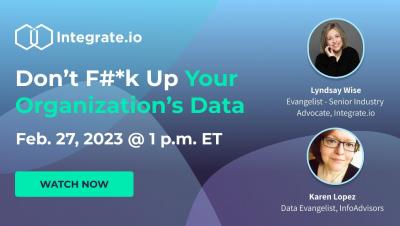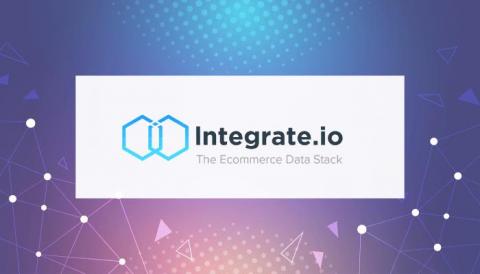Don't Mess Up Your Organization's Data
To be successful with your data pipelines, you need to understand the importance of Data Security and Privacy to any Data Quality initiative. We'll be discussing risk, project failures and success, and ways to enable your organization.






